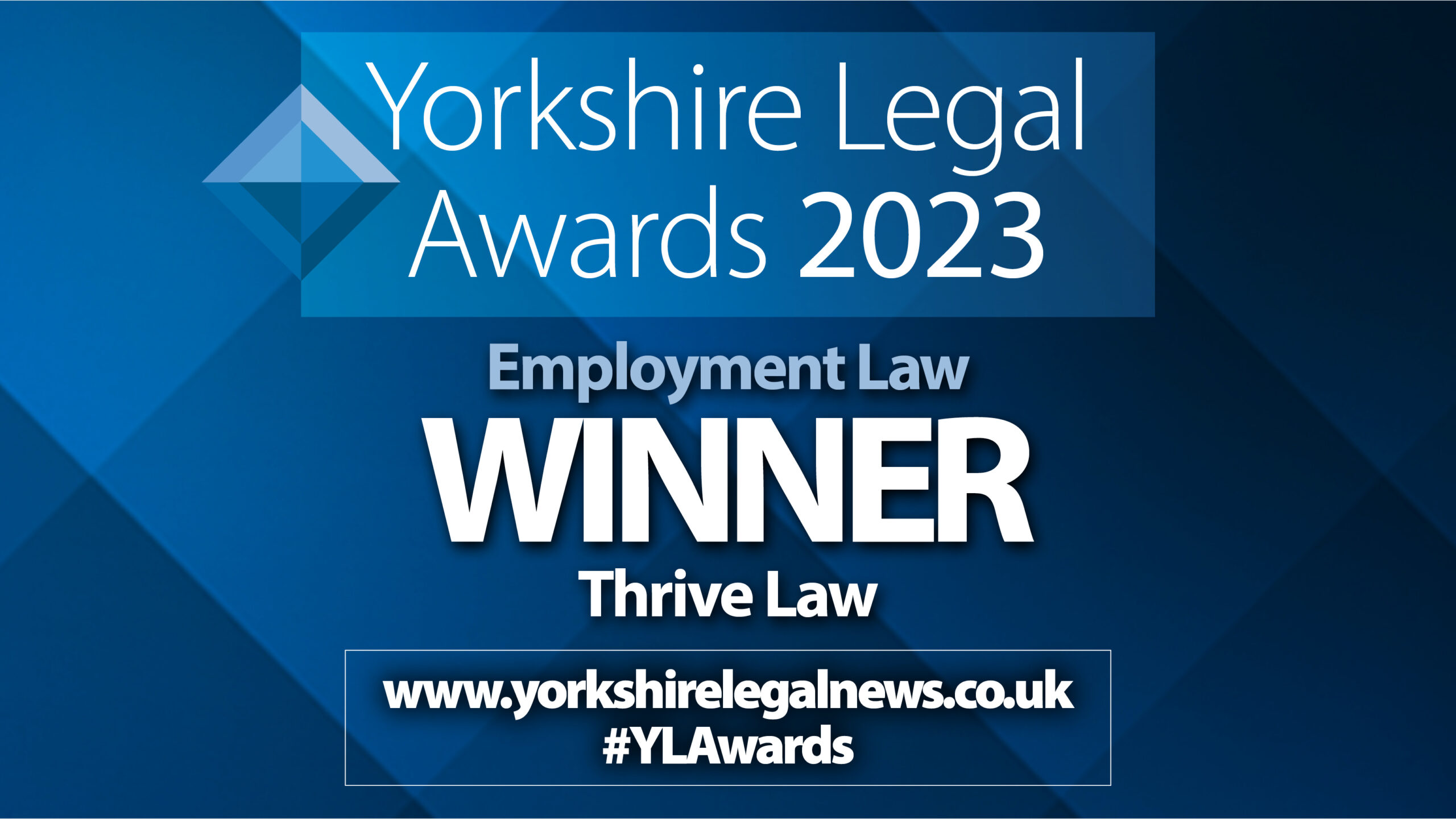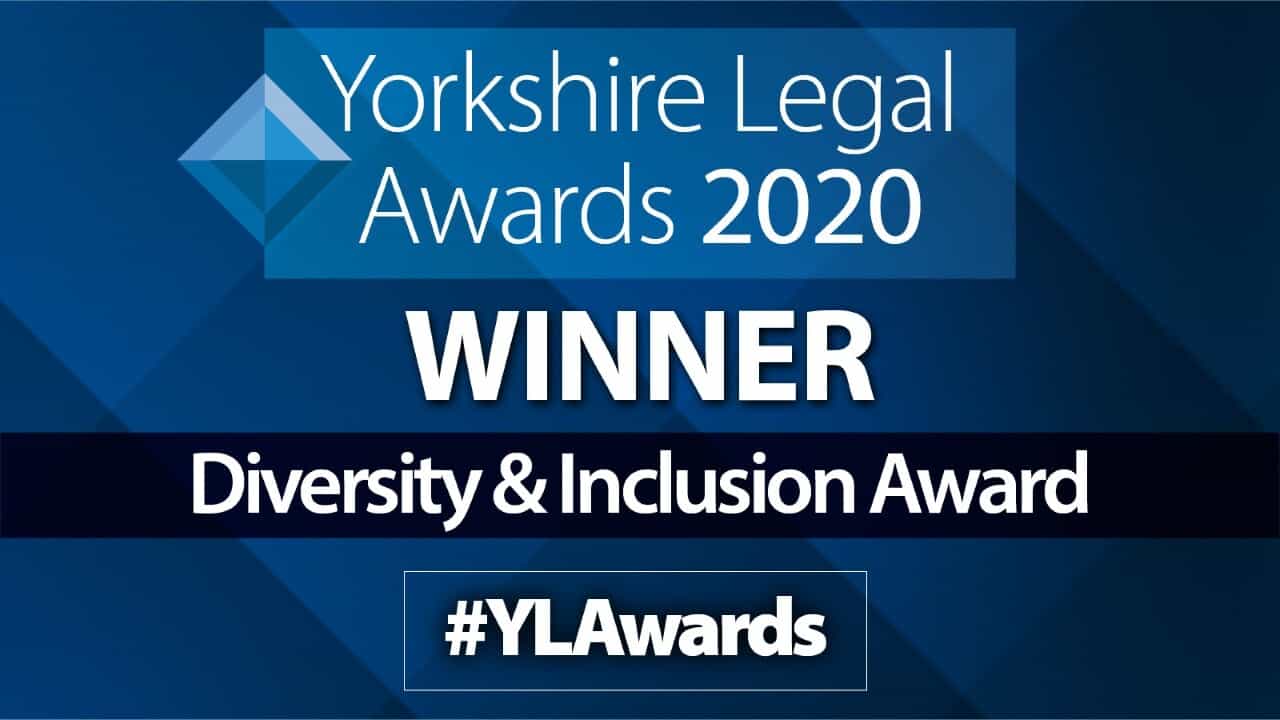 Guest blog by Lucy Dunhill – client of Thrive Law
Guest blog by Lucy Dunhill – client of Thrive Law
What makes a work environment accessible? Ramps or level access? Disabled Parking? Disabled toilets? These are some of the answers often given when employers are asked how their work environments are accessible to their disabled employees. But what about invisible disability and non-physical accessibility? Does the design of your work environment consider conditions such as Autism, ADHD or anxiety? What about dyslexia? Does your office provide an inclusive and accessible environment for those who may not struggle day to day with physical barriers to accessing a building, but those who may have mental barriers?
My Autism is the reason that I have a daily battle with the environment, particularly the built and urban environment. I am consistently overloaded by sensory triggers such as sound, temperature, lighting and even smells. The environment has the ability to completely disable me and render me unable to function, both personally and professionally. These triggers can create barriers that impede my access to public services and spaces, including socialising, going to work and accessing services such as healthcare, social care and mental health support.
I have spent countless hours sat in offices with overbearing lighting, noisy ventilation, overwhelmed by the smell of my colleagues’ lunches and trying to mediate the battle for thermal comfort with the office air conditioning. The most crippling experiences have been in open-plan offices; a cultural trend often copied by companies hoping to recreate the creative environment and culture of Google. The open-plan office culture promotes “casual collision” between employees, with the argument that placing the entire team in one large open space, it caters for collaboration. This, however, does not always create the inclusive and productive environment that was intended, despite the environments being considered ‘accessible’ and compliant with regulations.
The underlying issue is not purely the cultural preference for open plan working, but a lack of requirement by the building regulations to provide inclusive environments in offices, workplaces and the built environment as a whole. The Government Response to the Report of the House of Commons Women and Equalities Committee in March 2018 has advised that ‘Reliance on the minimum standards of the building regulations is not sufficient to secure an inclusive built environment.’.
So, what can we be doing that goes beyond the regulations to create inclusive environments? Simple considerations in office design that promote flexibility of space are key when designing and building an inclusive work environment.
- Allow employees to control the level of lighting, thermal comfort and noise in their work area.
- Create quiet workspaces for when the busy, collaborative environments become overwhelming and distracting for some employees.
- Have dedicated lunch areas and break out rooms that keep smells from being transferred around the office and avoid the use of strong air fresheners.
These few simple adjustments that I have mentioned are not the complete solution to making every workplace inclusive, and adjustments to spatial design may not always be simple to implement in existing office environments. However, if employers can make these considerations, they will be beginning a positive journey towards creating an inclusive and accessible work environment for all.
Lucy is the Founder of Dujo, an interdisciplinary consultancy using Architecture, Technology, Commercial & Project Management. She utilises her lived experiences as an autistic woman and her professional in MMC, to enable human-centered and inclusive design. She is a Local Pathways Fellow as a part of the United Nations Sustainable Development Solutions Network – Youth. Lucy sits on the RIBA Committee for the Humber region and is a board member of the Autism Partnership Board in her city of Kingston upon Hull.
Jodie Hill, MD and Solicitor at Thrive Law says:
“Lucy makes some really important points, the reality is that these situations occur on a daily basis, placing many disabled people at a substantial disadvantage. My main concern is that these types of adjustments are too often overlooked. This is usually through lack of understanding and knowledge of the condition and that it is often likely to be defined as a disability under the Equality Act 2010 and their obligations which then arise in respect of reasonable adjustments. But even, where the employer is aware, we experience huge resistance to adapting the workplace environment to support individuals with mental impairments.
We hope through education and raising awareness on this important issue this will change overtime, like it has done for physical disabilities where making these requests is a normal conversation. Unfortunately, we still have a long way to go.”









